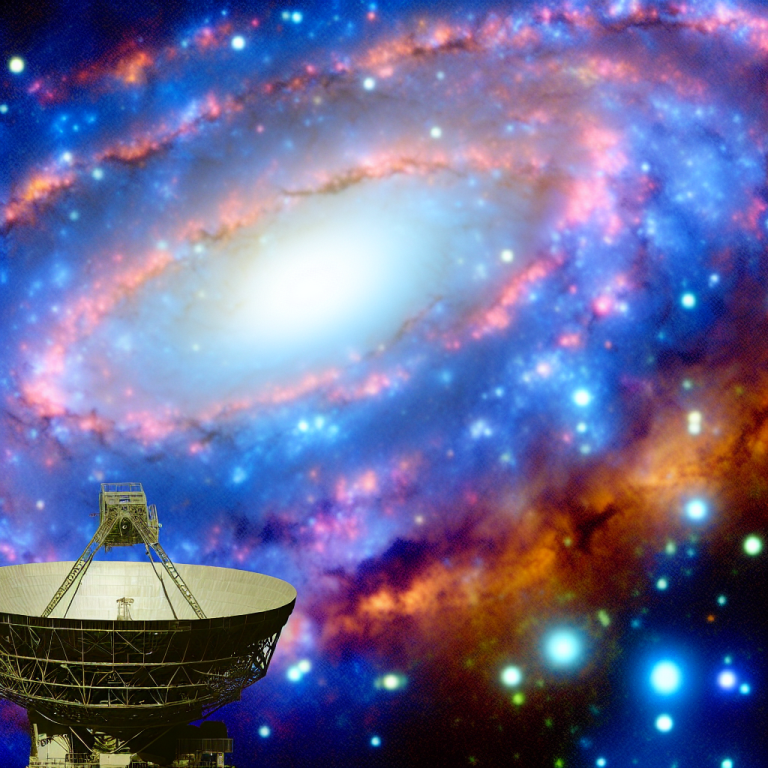NASA’s Chandra X-ray Observatory, which has been a vital tool for astronomers for almost 25 years, is now facing the end of its operational life. The funding for this space telescope was cut in President Joe Biden’s budget request, signaling the start of a gradual shutdown over the coming years. This news has caused a stir among the scientific community, with many arguing that the Chandra telescope is still highly productive and essential for U.S. high-energy astrophysics.
Astronomers from around the world have come together to express their concerns over the potential loss of Chandra. They believe that shutting down this observatory prematurely would have devastating consequences for x-ray astronomy in the United States. The SaveChandra website has been set up to rally support and lobby for the continuation of this important mission.
“I’m horrified at the prospect of Chandra being shut down prematurely,” says x-ray astronomer Andrew Fabian from the University of Cambridge, who has been involved with the observatory since its launch in 1999. “If we start making deep cuts abruptly, we will lose a whole generation of x-ray astronomers,” adds Elisa Costantini from the Netherlands Institute for Space Research, who has been working with Chandra data since its inception. The loss of Chandra would leave a significant gap in our understanding of high-energy astrophysics, according to experts in the field.
President Biden’s budget request for fiscal year 2025 includes a 3% increase to NASA’s astrophysics division, totaling $1.58 billion. However, the funding for Chandra’s operation would see a substantial decrease, dropping from $68.3 million in FY2023 to $26.6 million in FY2026, with a further decrease to $5 million by 2029. These budget cuts are expected to result in layoffs for half of Chandra’s 165-person staff by October, with grants for observing time also set to cease.
The Chandra X-ray Observatory, along with its European counterpart XMM-Newton, has been instrumental in studying the hottest and most violent locations in the universe. X-rays can reveal phenomena such as supermassive black holes, supernova explosions, and galaxy clusters, which are not visible with optical telescopes. Chandra, named after Indian American astrophysicist Subrahmanyan Chandrasekhar, has provided valuable insights into a wide range of cosmic events since its launch.
Despite the challenges of maintaining an aging spacecraft, supporters of Chandra argue that the observatory remains highly productive, with data that consistently leads to 400 published papers annually. They also highlight the increasing value of Chandra’s observations as new instruments continue to enhance its capabilities across the electromagnetic spectrum. Concerns have been raised about the lack of similar x-ray missions on the horizon, with potential successors like Europe’s NewAthena and NASA’s proposed missions still in the planning stages.
The fate of Chandra now lies in the hands of Congress, which will have the final say on its funding following President Biden’s budget request. In the meantime, astronomers and the public have been urged to show their support and advocate for the continuation of this mission through campaigns such as SaveChandra. The potential loss of Chandra without a replacement in sight could have long-lasting repercussions for the field of x-ray astronomy, according to experts in the field.
In conclusion, the Chandra X-ray Observatory, a key player in high-energy astrophysics for nearly 25 years, is facing an uncertain future as it enters the final stages of its operational life. The decision to wind down this mission has sparked concern among astronomers, who argue that Chandra’s unique capabilities and productivity are still essential for advancing our understanding of the universe. The outcome of this funding dilemma will not only impact the future of x-ray astronomy in the United States but also the global scientific community as a whole.
Source: https://www.science.org/content/article/nasa-s-x-ray-telescope-faces-long-goodbye




